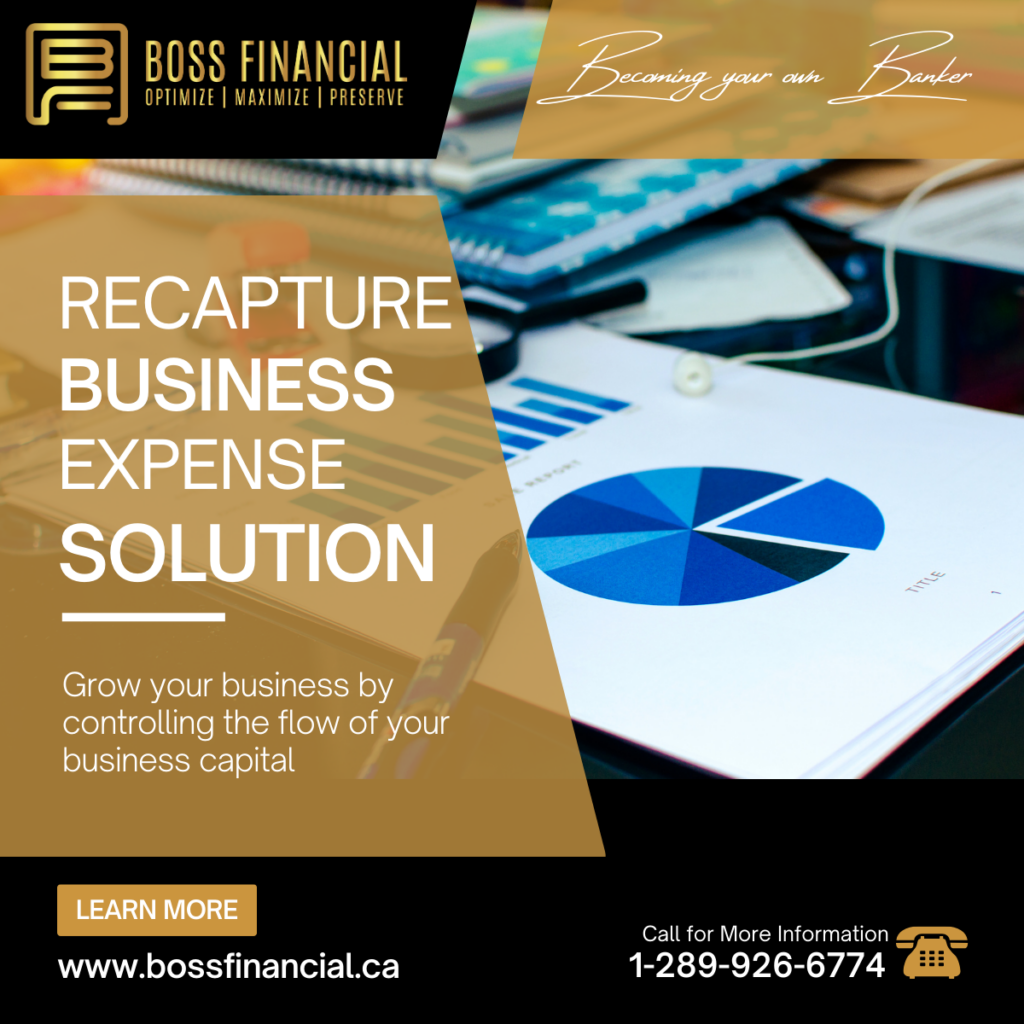In the dynamic landscape of small business ownership, entrepreneurs face a myriad of challenges that demand strategic financial planning and resource management. One often-overlooked yet powerful tool in the arsenal of financial instruments for business growth is whole life insurance. While traditionally considered a personal financial asset, whole life insurance can play a pivotal role in strengthening a small business owner’s balance sheet and fostering long-term success. In this blog, we’ll delve into the reasons why whole life insurance is a game-changer for entrepreneurs seeking to fortify their business’s financial foundation.
Understanding Whole Life Insurance: More than Just a Safety Net
Whole life insurance is a type of permanent life insurance that provides coverage for the entirety of the insured’s life. Unlike term life insurance, which covers a specified period, whole life insurance combines a death benefit with a cash value component. This cash value accumulates over time and can be utilized by policyholders as a versatile financial asset.
For small business owners, whole life insurance can serve as more than just a safety net for their families in the event of unforeseen circumstances. When strategically integrated into their financial strategy, it becomes a robust tool for enhancing liquidity, optimizing tax advantages, and even facilitating business growth.
1. Creating Liquidity for Business Opportunities
Small business owners often encounter situations where immediate access to funds can make the difference between seizing a lucrative business opportunity or letting it slip away. Whole life insurance offers a unique solution by providing a source of liquidity that can be tapped into during times of need.
The cash value component of a whole life insurance policy grows tax-deferred over time. Entrepreneurs can leverage this accumulated cash value through policy loans or withdrawals, providing a readily accessible pool of funds. Whether it’s investing in new equipment, expanding operations, or weathering unexpected financial challenges, having a source of liquidity from a whole life insurance policy empowers small business owners to make informed decisions without disrupting their overall financial stability.
2. Mitigating Business Risks and Uncertainties
Running a small business involves navigating a multitude of risks, from economic downturns to industry-specific challenges. Whole life insurance can act as a reliable risk management tool by providing a financial cushion during tough times.
In the face of economic uncertainties or unforeseen challenges, the cash value in a whole life insurance policy remains stable and accessible. This stability can be a lifeline for small business owners, allowing them to meet their financial obligations, cover operating expenses, and maintain business continuity even in the face of adversity.
3. Optimizing Tax Advantages
The tax advantages associated with whole life insurance make it an attractive option for small business owners aiming to minimize their tax liability while securing their financial future. The cash value in a whole life insurance policy grows on a tax-deferred basis, meaning that policyholders are not required to pay taxes on the growth as long as the funds remain within the policy.
Additionally, withdrawals from the cash value are typically tax-free up to the amount paid in premiums, providing entrepreneurs with a tax-efficient source of income. This tax advantage can be particularly beneficial for small business owners who are looking to optimize their overall tax strategy and maximize their available resources for business development and expansion.
4. Facilitating Business Succession Planning
Succession planning is a critical aspect of small business ownership, ensuring the seamless transition of the business to the next generation or a chosen successor. Whole life insurance can play a pivotal role in facilitating this transition by providing a funding mechanism for buy-sell agreements.
A well-structured buy-sell agreement funded by a whole life insurance policy ensures that in the event of the owner’s death or incapacitation, the agreed-upon value of the business can be transferred to the successor or surviving partners. This not only safeguards the financial interests of the business but also ensures a smooth transition without causing financial strain on the business or the owner’s heirs.
Conclusion: Empowering Small Business Owners for Long-Term Success
In the intricate dance of small business ownership, the importance of a robust financial strategy cannot be overstated. Whole life insurance emerges as a versatile and powerful tool that, when integrated strategically, can bolster the balance sheet of small business owners. From creating liquidity for immediate needs to mitigating risks and optimizing tax advantages, the benefits of whole life insurance extend beyond personal financial security.
As small business owners navigate the complexities of entrepreneurship, embracing whole life insurance as a proactive financial instrument can pave the way for sustained growth, resilience in the face of challenges, and a secure foundation for long-term success. By recognizing the multifaceted advantages that whole life insurance brings to the table, entrepreneurs can embark on a journey towards financial empowerment and the realization of their business aspirations.











